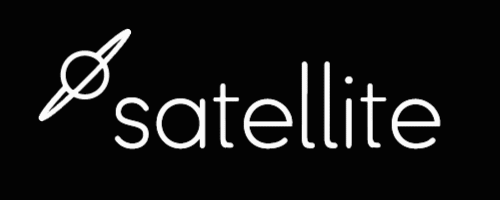Pouyan fled the Iranian regime and made the dangerous land and sea crossing to England. Kateryna celebrates food from Eastern Europe that helps her feel connected. Usman spent 50 days in a detention centre and lived to tell the tale. An undocumented Londoner tells us why he moved and what it's like living under the radar.
Over 2021-22 artist Edwin Mingard, researcher Keren Weitzberg and a network of people who've experienced the UK government's anti-migration policies came together to make a film. Told from many perspectives, the finished work illuminates the inhumanity of the UK border regime from a deeply human perspective, whilst celebrating the diverse communities whose home is here.
The work comprises 26 sections, each made in collaboration with a partner who has first-hand experience of the issues at hand. Each section was developed, and then collaboratively made, together.
The Hostile Environment is the name given by then-Home Secretary Theresa May to a basket of government policies which aimed to co-opt large parts of UK society into policing the UK’s borders - from doctors to landlords, employers, homeless services and more. The policy had the stated aim of combatting ‘illegal immigration’ but had real-world, devestating effects on the lives of many thousands of people who live in the UK with migrant heritage. Its most notorious effect was the Windrush Scandal, where large numbers of people of Caribbean heritage, who had lived in the UK for decades and should have enjoyed full citizenship rights, were barred from employment, healthcare, education, benefits and more, and faced mass deportation at the hands of the Home Office.
Part of the process involved commissioning artists and non-artists alike, with lived experience of the Hostile Environment, to develop themes that appear in the finished work.
The film will be exhibited in East London by Chisenhale Gallery in 2022.
Supported by: UCL Culture, Arts Council England
Crew
Director Edwin Mingard
Co-Producer Dr Keren Weitzberg
Producer Elizabeth Benjamin
